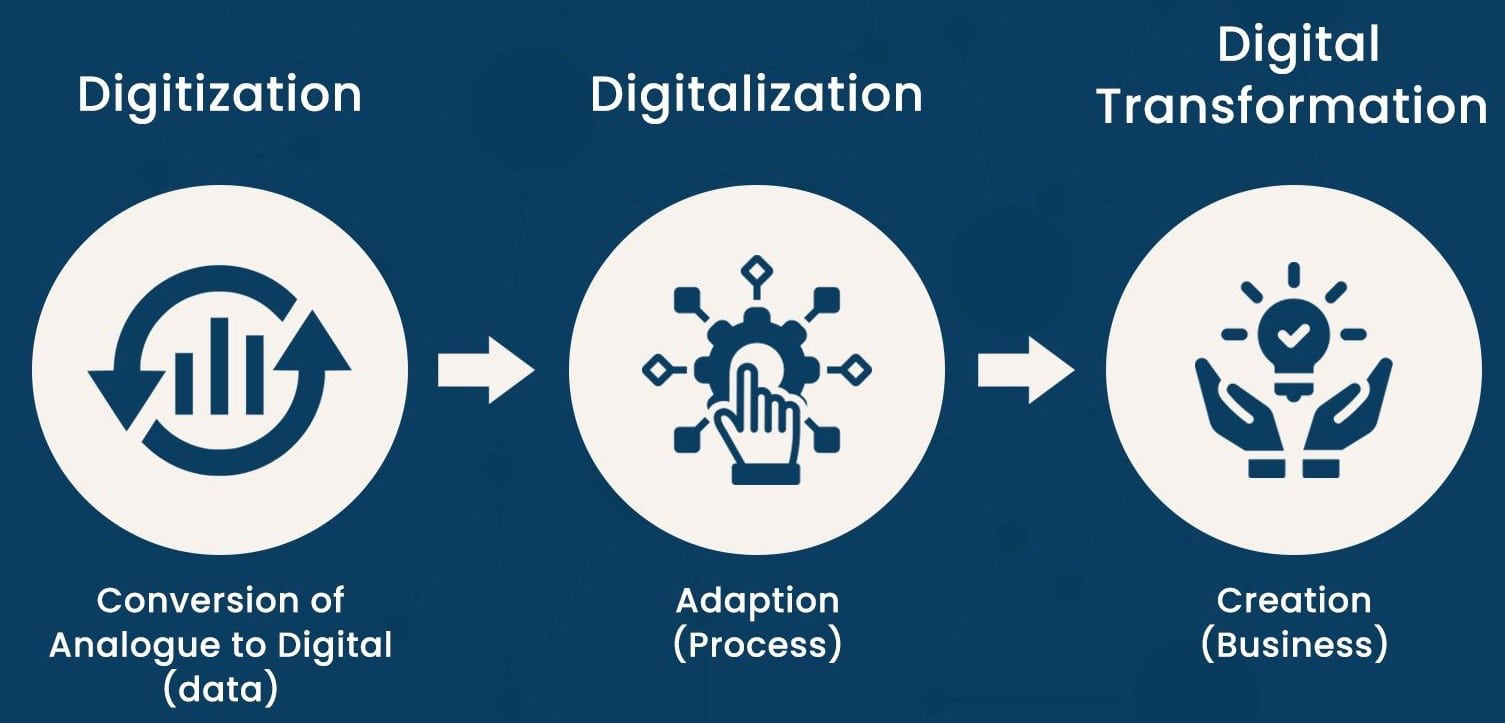PWC Canada estimated that 45% of the work activities can be automated. And, this would save around $2 trillion in global workforce costs. To stay afloat businesses have to resort to digitization strategies. Furthermore, we have to look towards digital transformation. This has accelerated business transformation efforts. Previously, disruptions like the 2008-09 economic crash have hindered the progress of digitization. AI, Automation, digital platforms, and other innovations are changing the essential nature of work. AI and automation are transforming how businesses communicate with their consumers. Moreover, they also execute their internal processes, reinventing themselves in the way they operate. Understanding these shifts can help innovators, business leaders, and professionals march forward.
How Covid Pandemic Accelerated Digital Automation and AI
COVID-19 has acted as a major disrupting force across the globe. The question on everyone’s mind during such a time of crisis has been, “how can we use technology to help businesses adapt to a fast-changing technology-powered world?” Businesses that don’t adapt during times of disruption will eventually die. Some of the sectors (like the health and banking sector) start to show this heightened speed of digital adoption. Nearly 43 percent of the IT professionals surveyed around the world also said that their company had accelerated the rollout of AI. This is just because of a result of the Coronavirus (Covid-19) pandemic. While recent advances in technology are making AI more accessible than ever. The annual survey conducted by Morning Consult also found that a lack of AI skills and increased data complexity. These are the top challenges being faced by the global IT industry.
As Coronavirus chaos rages on forcing customers, employees, and supply chains into digital channels and new ways of working. This is the right time for businesses to ask themselves. For example, what were the bold necessary decisions related to digitization that they were hesitant to take in the past? This moment of crisis might just be the right time for companies to pursue bold digital agenda to survive post-pandemic.
Emerging Trends
At the moment, almost 80% of revenue growth depends on digital offerings and operations. The situation has put a shade on companies that are slow to invest and adapt in their digital strategy. It is expected that companies will have to balance short-term efforts with long-term strategies in order to come out of this pandemic more competitive. Strong models, processes, technologies, and strategies make the backbone of an organization in good & bad times. Now is the time for organizations to take advantage of the situation and digitally transform themselves to be able to handle increased demand post this pandemic period.
It should be noted that digital transformation can be a difficult transition for some businesses. With the right communication, tools, and leadership, you can take your first steps in digital transformation today. As digitization and innovations emerge more rapidly, industries are going to be more connected than ever.
-
In Manufacturing
Artificial intelligence and automation are the keys to future growth across industries, and the manufacturing sector is no exception to it. Manufacturers are using AI-backed analytics and data to reduce unplanned downtime, enhance efficiency, product quality, and the safety of employees.
-
Supply chain transparency and flexibility
Running out of stocks is a very common occurrence across the globe during this pandemic. It shows that retailers who had a digital system and transparency build around their stocks, purchase, and selling metrics have fared better than the businesses that relied on manual record keeping. Any sector that is experiencing supply chain difficulty can learn from examples about the cons of digitization to maintain supply chain transparency and flexibility.
-
Secure Data Sharing
Security has been a big issue when exchanging data or information through various channels. Video Communication companies like Zoom faced the problem of security gap when it was used by a large number of organizations during this pandemic to communicate with their employees. Zoom is not alone; many companies are facing this security challenge currently.
-
In Retail
Automation and AI are set to redesign the entire retail industry model and the broader value chain. This transition will result in the emergence of organizations with fewer layers and a better-skilled and trusted workforce backed by real-time data and analytics.
-
Real Estate
AI has already entered the real estate industry and is affecting a massive change to this industry—from impacting the home search experience to predicting the marketing trends in the real-estate sector.
Regardless of the sector, you operate in, there is a common theme emerging that suggests “next to normal” on the basis of cost structures and operating models going forward.
Future View for Automation and AI
It’s not just about using technology to re-imagine workflows and business models, but to propel yourself to a future state of customer service (beyond support) and efficiency that doesn’t exist today. Businesses across industries are investing and banking heavily on AI and related technologies. Large firms are shifting focus to developing AI capabilities and changing business strategy accordingly.
Business Automation is ever-changing the means through which a company operates. They assessed & modified all systems, methods, workflow, and production to be more robust. It is important for business growth – it provides businesses a chance to “untie even a lot of potential” by reaching new customers with the smallest operational overhead, rising from finance, marketing & give better client service. Business automation through Digital transformation has opened the door for increased transparency and opportunities for collaboration across teams. When everyone has access to useful information, it becomes easier to work toward goals and people tend to feel like their actions matter. Increased productivity and efficiency, along with the ease and transparency provided by tools that you can make available to your clients, will improve the overall team and customer experience.



